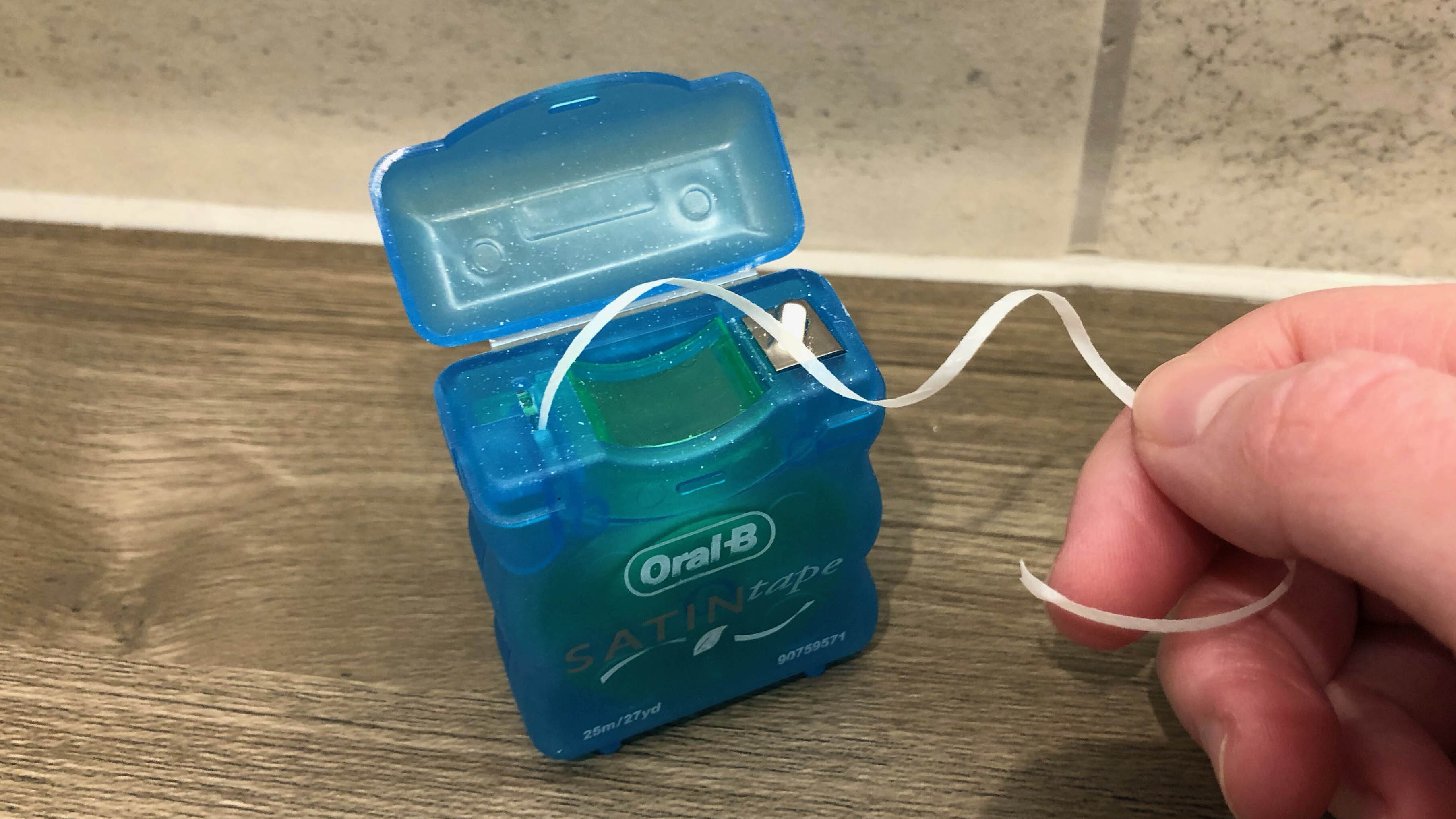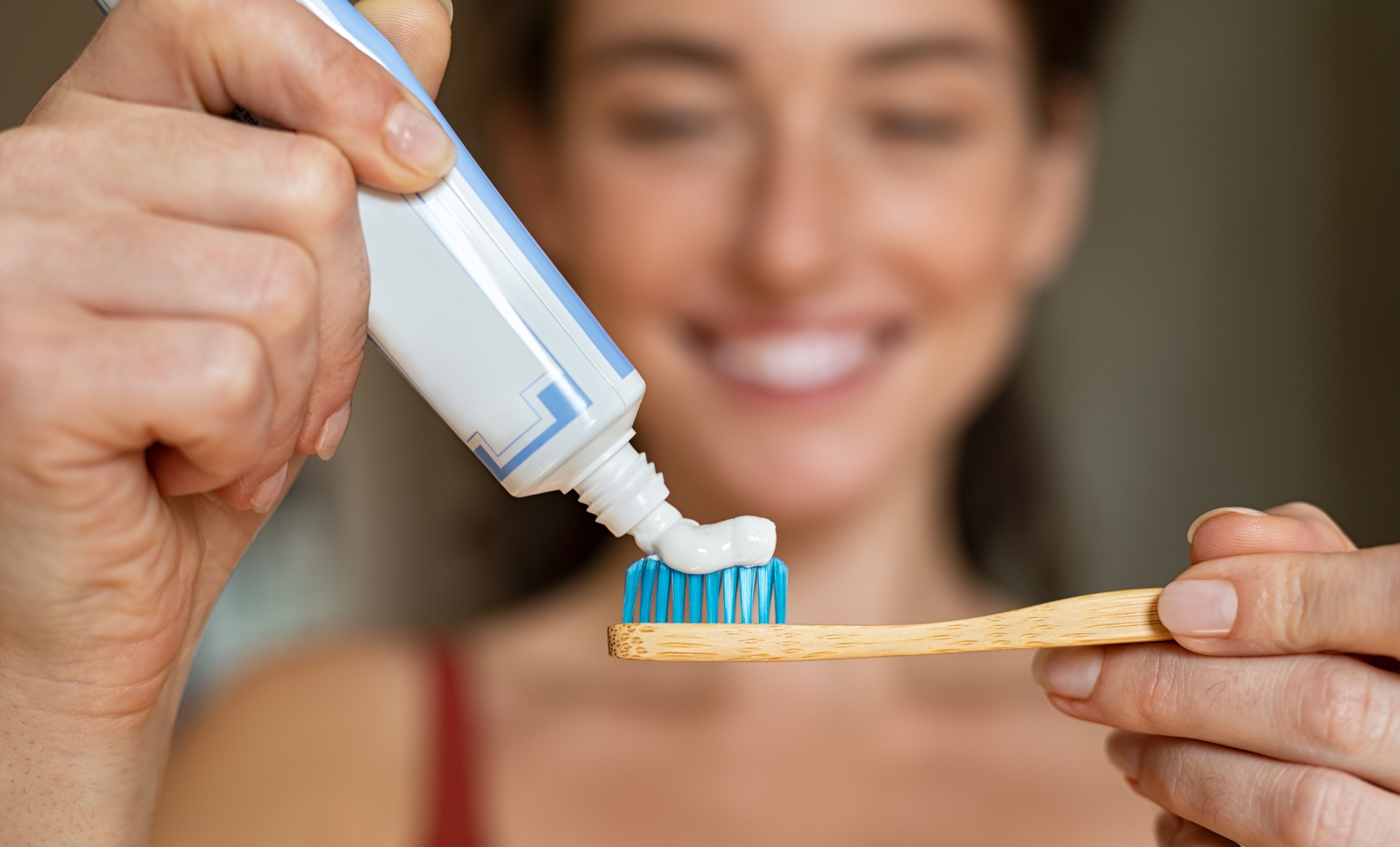We all need good dental care to keep our teeth, gums and breath fresh and clean everyday. And if you floss regularly, you’ll need to know should you floss before or after brushing?
While most people have their own method to suit their lifestyle, you’ll be surprised to know there is a right order to our flossing/brushing routine. What’s more, adopting the right sequence is more effective for good oral hygiene and gum protection overall. So, have you been flossing in the wrong or right order? Here’s everything you need to know.
What does flossing do?

It may look like an insignificant, thin thread, but dental floss has tremendous benefits when used correctly. Even with the one of the best electric toothbrushes, the bristles alone won’t reach the areas in between your teeth where plaque forms. Consequently, if this builds-up over time, this can lead to cavities or gum disease.
Therefore, flossing is essential for removing plaque and any food particles stuck between the teeth, preventing cavities and keeping your mouth nice and fresh. In addition, flossing is also known for keeping bad breath at bay. But should you floss before or after brushing your teeth? Here’s what the experts say.
Should you floss before or after brushing?

The burning question everyone wants to know! And if you belong to the camp of flossing after brushing, you’ll be dismayed to know you’ve been doing it all wrong!
While there is much debate among dental experts, the general consensus is to floss before brushing. According to research conducted by the The American Academy of Periodontology (opens in new tab), flossing before brushing is the most efficient way to reduce plaque, remove bacteria and allow fluoride concentration from the toothpaste to reach the enamel.
What’s more, flossing will essentially loosen any food particles stuck in your teeth first, making it easier to brush these particles away properly. Best of all, pairing flossing and brushing will strengthen the tooth, and make it more decay-resistant — which should save us on trips to the emergency dentist!
How to use dental floss in your routine
Experts recommend flossing at least once a day, ideally before brushing your teeth at bedtime. This is to prevent plaque developing throughout the night.
The best method to break off about 18 inches (45 cm) of dental floss, wrapping both ends around your fingers. Next, hold the floss tightly between your thumbs and forefingers, with about 1 inch (2.5 cm) of floss between them, before gently applying a “rocking” motion to guide the floss between your teeth. Carefully move a new section of floss up and down the sides of each tooth to remove plaque, bacteria, and food particles.
Once you have covered each tooth, brush thoroughly for two minutes, and spit out any remaining paste. You also should rinse with a mouthwash that is suitable for your dental needs, however, check out should you be using mouthwash before you do.
Avoid flossing vigorously or rushing the process, as this can cause gums to bleed, and other potential dental issues. To maintain good dental hygiene, it’s also recommended to visit your dentist every 4-6 months for cleanings and check-ups.
What are the signs you’re flossing incorrectly?
Common signs of incorrect flossing are painful, tender bleeding gums. These are often red flags of a more serious issue, and you should refrain from flossing until you seek advice from your dentist.
In any case, it’s important you know how to clean a toothbrush properly for best hygiene. Or else you can check out one of the best electric toothbrushes to upgrade your dental regime.
For all the latest Technology News Click Here
For the latest news and updates, follow us on Google News.
